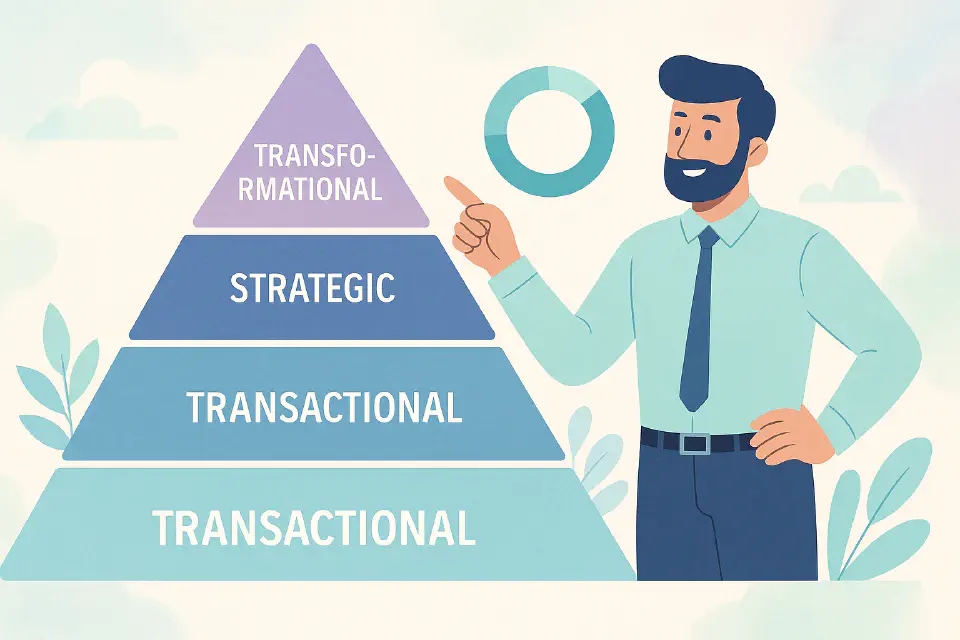
HR Digital Maturity Models
Without a clear picture of where you stand, it’s hard to chart a smart digital future. Maturity models help HR lead with insight, not guesswork.
Before you can move forward in your digital HR journey, you need to know where you are. HR digital maturity models provide structured ways to evaluate your current state, define target states, and guide investments with purpose.
In this article, we examine the most widely used maturity models in HR, how to apply them, and how to avoid turning them into abstract paperwork. When used well, a maturity model becomes not just an assessment—it becomes a strategy tool.
What Is a Digital Maturity Model?
A digital maturity model maps the evolution of an organization’s digital capabilities across defined stages. Each stage reflects a more advanced and integrated use of technology, data, and operating models.
Unlike scorecards or audits, maturity models are developmental—they recognize that transformation happens in phases, and each phase builds capabilities for the next.
Why Digital Maturity Matters in HR
HR functions are under pressure to deliver more with less, personalize experiences, leverage analytics, and stay agile. But many HR teams still rely on outdated tools, fragmented systems, and ad hoc workflows.
Maturity models help HR leaders:
- Clarify current capabilities and pain points
- Set realistic goals and timelines
- Prioritize investments with strategic focus
- Track progress over time
They also provide a common language across HR, IT, and executive leadership.
Common HR Digital Maturity Models
1. Josh Bersin’s HR Maturity Model
One of the most widely used, this model outlines four stages:
- Transactional HR – fragmented systems, focus on compliance
- Integrated HR – standardized processes and core systems
- Strategic HR – analytics-driven, aligned with business goals
- Transformational HR – predictive, agile, employee-centric, continuous innovation
2. Deloitte’s Digital Maturity Model for HR
This model uses five dimensions:
- Strategy
- Culture
- People
- Processes
- Technology
Each is rated from “Initiate” to “Leading,” providing a more granular and holistic picture.
3. Custom Internal Models
Larger organizations often create their own models tailored to specific needs, using tiers like:
- Foundation
- Stabilization
- Optimization
- Innovation
The key is clarity and relevance—not complexity.
How to Apply a Maturity Model in HR
Step 1: Choose or adapt a model that fits your organization’s size and context
Not all models suit every organization. A 50-person startup doesn’t need a 50-page framework.
Step 2: Involve cross-functional stakeholders
Assessment is not an HR-only activity. Involve IT, Finance, Operations, and end users to get an accurate view.
Step 3: Use evidence, not opinions
Leverage metrics, process maps, system inventories, and adoption data—not just gut feeling.
Step 4: Define what “good” looks like
Establish clear characteristics and KPIs for each level, so teams know what to aim for.
Step 5: Link maturity to outcomes
Don’t just aim to “level up.” Connect maturity improvements to actual results—like reduced time to hire or increased learning completion.
Using Maturity to Drive Strategic Decisions
Maturity models become most powerful when tied to:
- Roadmap planning: Use maturity gaps to prioritize initiatives
- Budget justification: Show progression from foundational to strategic spend
- Talent development: Identify capability needs to move to next stage
- Change management: Help stakeholders understand why change is needed
Pitfalls to Avoid
- Treating maturity models as compliance exercises
- Overengineering the framework (too many levels, vague language)
- Measuring only technology—not people, process, or culture
- Failing to revisit or act on findings
Final Thought
Digital maturity models aren’t just tools—they’re mirrors. They help HR see itself clearly, set a course with confidence, and build credibility through structured, data-informed storytelling.